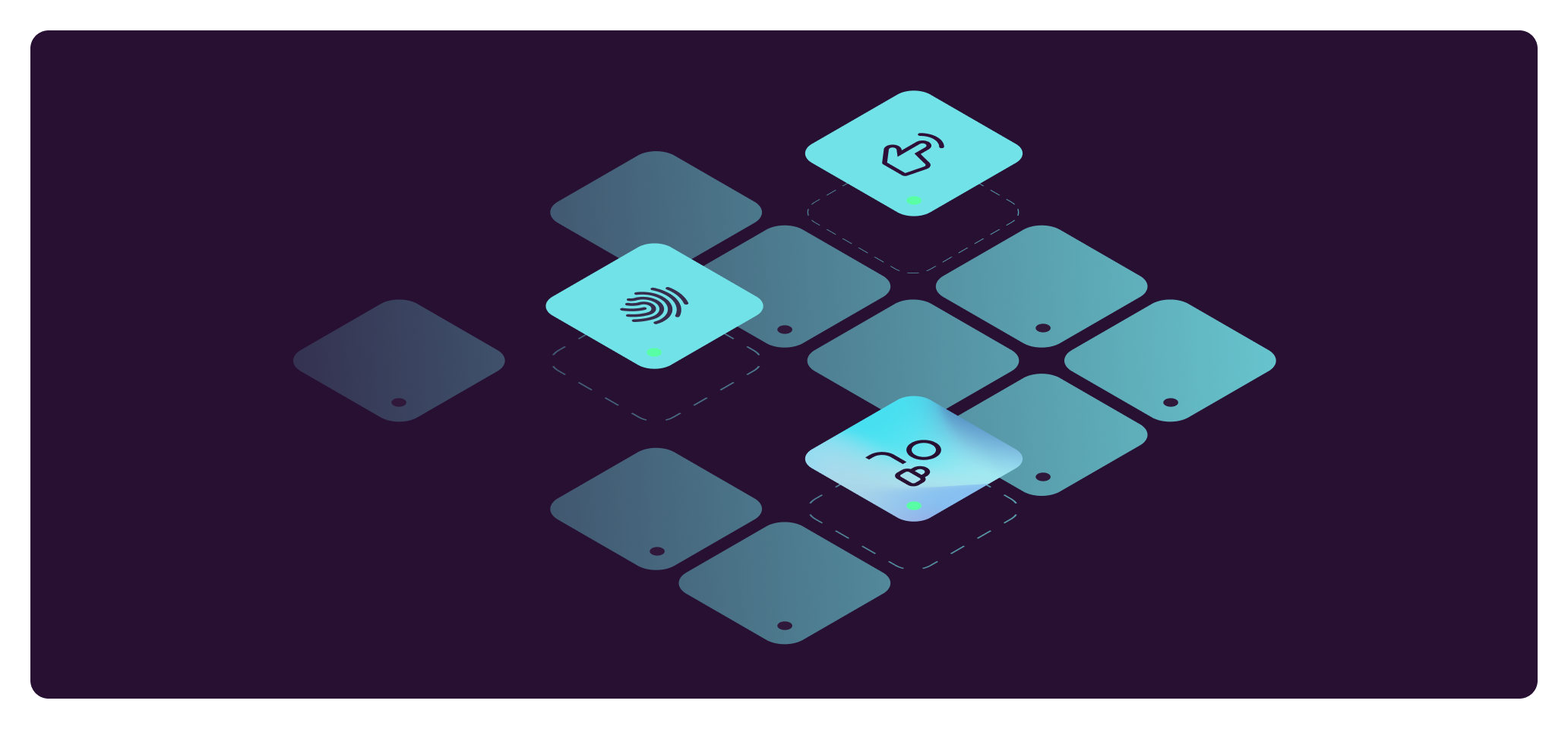The fraud detection software that helps you accept more genuine transactions
How to address the most burning fraud prevention operational and technical problems with reliable and precise fraud detection software.


Fraud prevention often comes to fraud and payments teams with its fair share of challenges across operational, technical, and customer experience (CX) areas. Here are the most pressing ones:
Operational issues
- Detecting and responding to fraudulent behavior in real time.
- You found a promising product but learned that integrating it is time-consuming and costly.
Technical challenges
- It’s difficult to adapt to threats, especially in this time and age when even low-skilled fraudsters who leverage Large Language Models (like ChatGPT) can commit fraud and accelerate their actions.
- Setting granular fraud rules is a complex task.
- It’s hard to build or upgrade your own fraud prevention strategy without knowing why a fraud detection system makes certain decisions.
CX concerns
- A lack of precision in detecting true fraud leads to false positives, affecting genuine users.
- It’s difficult to assess the impact on business growth and customer experience.
We present a fraud detection solution designed to address these challenges while securing platforms, online businesses, and financial institutions against various fraud types, such as account takeover, fake account creation, payment fraud, and chargebacks.
Speed, precision, and control with an AI-powered fraud detection software
Let’s walk through the features and benefits Nethone's fraud detection software brings to your business.
Risk detection fueled by dark web insights
With a rich suite of low-level attributes, our risk detection tool goes beyond the surface and provides profiling for each user attempting to transact on your website or mobile app. We look at the device’s hardware, software, browser, and user behavior to catch any spoofed details or if someone's trying to hide their online tracks. What’s more, by collecting dark web insights, we reverse-engineer fraudsters’ techniques and thus help you stay ahead of fraud.

Reduce false positives
When you know, you know. Fraudsters use advanced techniques to hide their tactics. Clever fraudsters avoid popular tools known by solution providers and use shady ones that only they know about. At least, this is what they think because we know about them, too. A fraud detection software's role is to distinguish legitimate users from fraudsters with high precision - this is possible with extensive knowledge of fraudsters’ modus operandi.
Decision engine with ‘what if’ simulations
Our flexible decision engine allows you to adjust and refine your rules whenever you need to. What’s more, you can use historical data to test new rules before implementing them. This approach enables you to evaluate the potential success of changes in a risk-free setting.
Make only informed decisions
When you need to dig deeper, sort, filter, and explore fraud inquiries to examine individual transaction outcomes. This gives you a microscopic view into the effectiveness of your current setup and helps you decide where to make adjustments.
In a controlled environment where you can backtest your rules before they start influencing the final recommendations, it is possible to identify and address false positives or false negatives results. You benefit from a more reliable and accurate system while reducing the risk of flagging legitimate transactions.
Create complex rules in an easy way
Build complex expressions in an easy way and create rule sets that align precisely with your fraud detection requirements. These expressions can be customized based on hundreds of attributes, fixed or variable values, velocity, distance, and text similarity. By leveraging this wide array of configuration possibilities, you can create rules that adapt to the characteristics of your business.

Machine learning models
Fed with relevant users’ data points and fine-tuned with advanced algorithms, ML models learn from and adapt to new data over time and increase the ability to detect and prevent fraud in real time.
You can also opt for a dedicated data scientist who can simulate, assess, and monitor fraud rule sets to optimize your security and detect and prevent complex fraud attempts.
No integration unless you want it
With the setup within our hub, you may enable fraud prevention without extra steps. You can screen transactions using data from across our network - with insights from thousands of businesses, millions of users, and billions of transaction data - set rules and analyze data with a no-code engine.
Depending on your risk appetite, you can choose to integrate the profiling solution with AI-powered device fingerprinting to prevent sophisticated fraud cases.
The bottom line
To wrap it up, here’s what you need to consider to create a safe environment where fraudsters are weeded out while more genuine transactions come in:
- AI-based fraud detection system that learns over time, complemented by human expertise
- Flexible rule setup
- Proprietary end-user data extraction techniques
- Device fingerprinting
- Explainable AI
In this dynamic online environment, what you know that works today might not work next week or even tomorrow. Tools that fraudsters, devices and operating systems, and customer behavior - all change at a fast pace. So, go with the solution that adapts to the market shifts and enables network effects. The more users you protect, the more knowledge you gain, and the better and quicker you can react to the new ways the fraudsters operate.
Keep your platform safe with our built-in fraud prevention engine. Get in touch for more details.
Frequently asked questions
What is fraud detection software, and how does it work?
Fraud detection software is a technology designed to identify and prevent fraudulent activities, and suspicious behavior in real time by analyzing various data points and using advanced algorithms, including machine learning models.
What are the different types of fraud that detection software can identify?
Several common types of fraud that these systems can detect include identity theft, payment fraud, account takeover, money laundering, and fraudulent transactions within applications, APIs, systems, and data.
How frequently do fraud detection software solutions need to be retrained on new data to stay effective?
For precise customer risk assessment, fraud detection software solutions must adapt by learning from both new legitimate and fraudulent data. We recommend retraining fraud detection models on a regular basis, ranging from weekly to monthly intervals.
What are the pros and cons of using rules-based vs machine learning fraud detection models?
Rules-based systems provide criteria that security and fraud teams can easily understand and modify. Once set, rules do not change unless manually updated, which implies consistent decision-making over time. However, they may not efficiently handle large volumes of data or adapt to new types of fraud as they rely on predefined rules.
Machine learning models, on the other hand, work really well with large and complex amounts of data. They can learn and adjust to new patterns of fraud and incoming data.
What metrics or reports do fraud detection solutions provide to measure their performance?
Several common metrics and reports:- False positives rate
- Fraud rate
- Chargeback rate
- Authorization rate
- Approval rate
To learn more about how Nethone can help you select and connect the products you need to succeed, get in touch with us.



